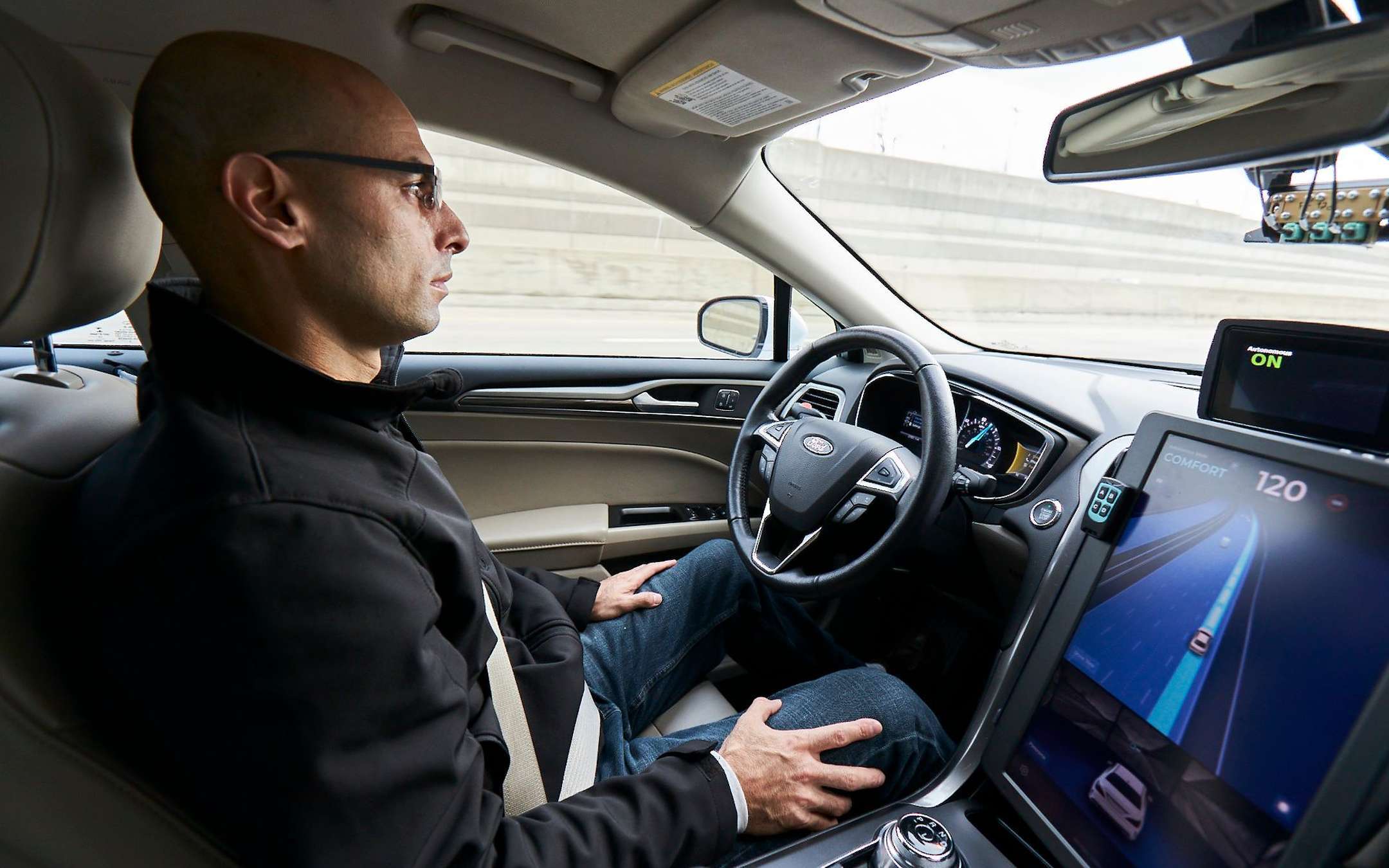CES 2021: Mobileye news for autonomous driving

Autonomous driving: Mobileye Trinity approach
During the two virtual sessions, the President and CEO Amnon Shashua illustrated the company's three-step approach, called Mobileye Trinity. The goal is to offer a detection solution based on redundancy, in order to ensure maximum safety while driving. Mobileye had shown at CES 2020 a self-driving car equipped only with video cameras (12 to be exact), without any other sensor.The new system instead provides for the presence of video cameras, radar and LiDAR. This approach allows cheaper cameras to be used as the primary sensor, coupled with redundant secondary sensors (radar and LiDAR) that provide significantly higher safety than that of a human (at least three orders of magnitude).
Mobileye has unveiled two technologies that make it possible to detect objects and measure distances using radio and light signals. The software-defined radar system with 2,304 channels and dynamic range of 100dB allows a detection detailed enough for autonomous driving.
Thanks to the collaboration of Intel, a LiDAR SoC with active and passive elements will also be created which is called PIC (Photonic Integrated Circuit). This type of chip will arrive on the market in 2025. A prototype can be seen in the image.
Shashua finally announced that crowdsourced mapping technology has made it possible to trace almost a billion kilometers. The process of creating the maps requires the processing of data collected from nearly one million vehicles, on which the Mobileye driver assistance systems are installed. These maps will soon be tested on self-driving cars that will travel the streets of New York, Detroit, Paris, Shanghai and Tokyo.